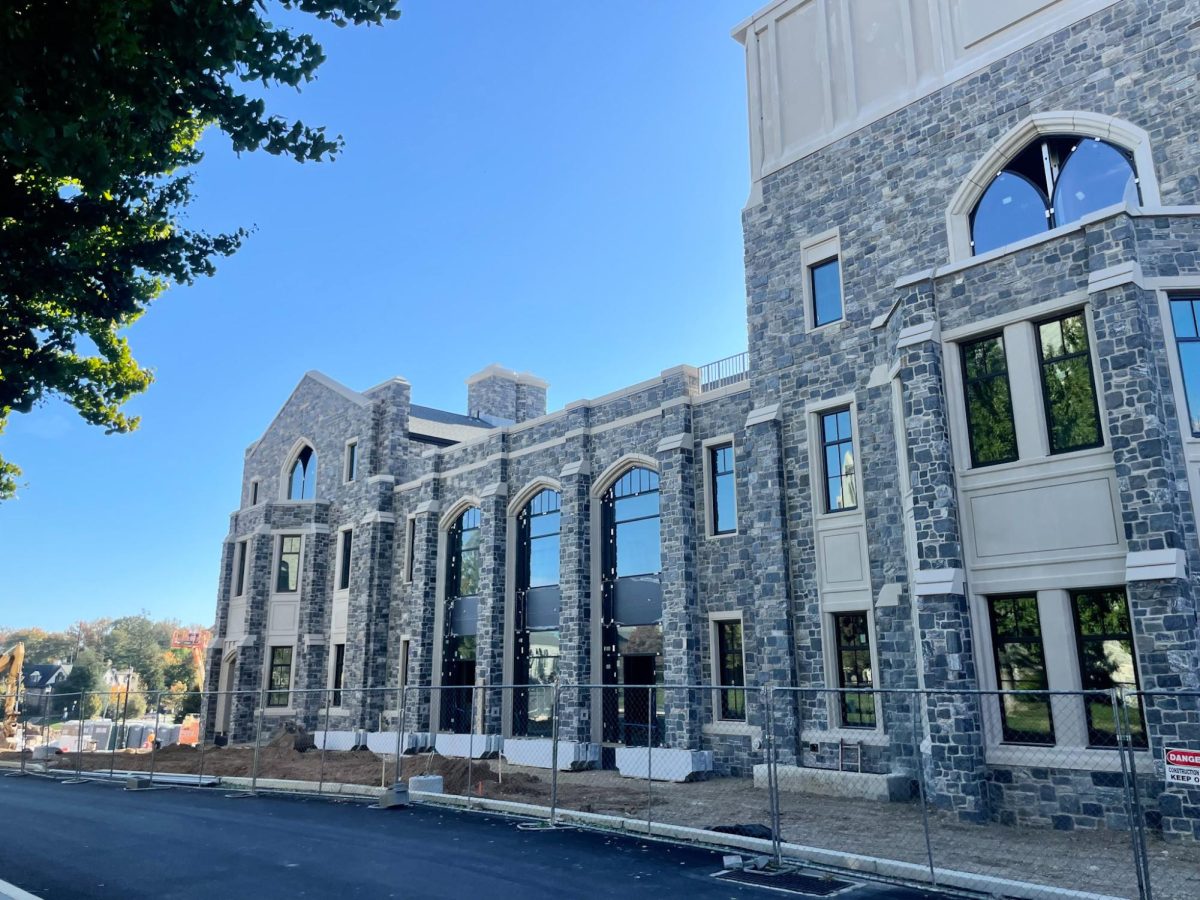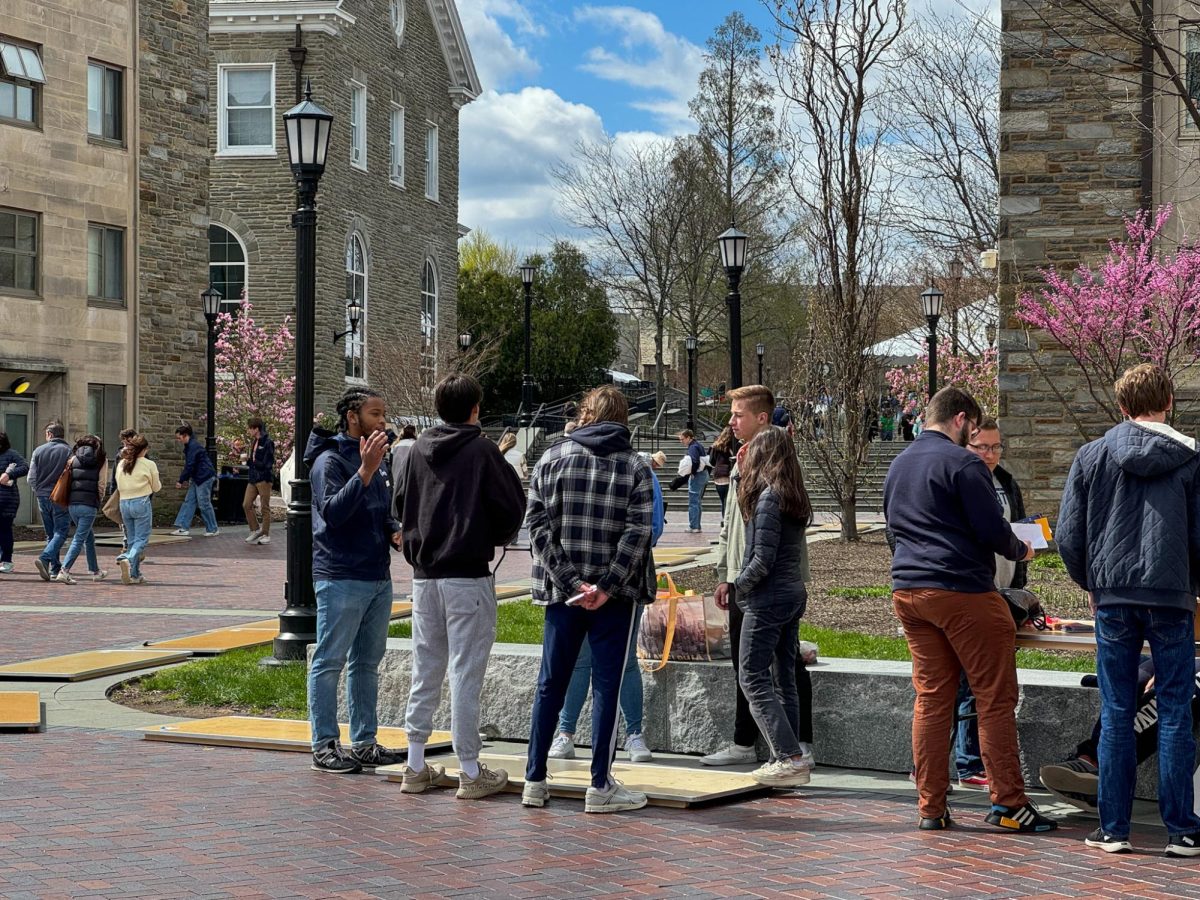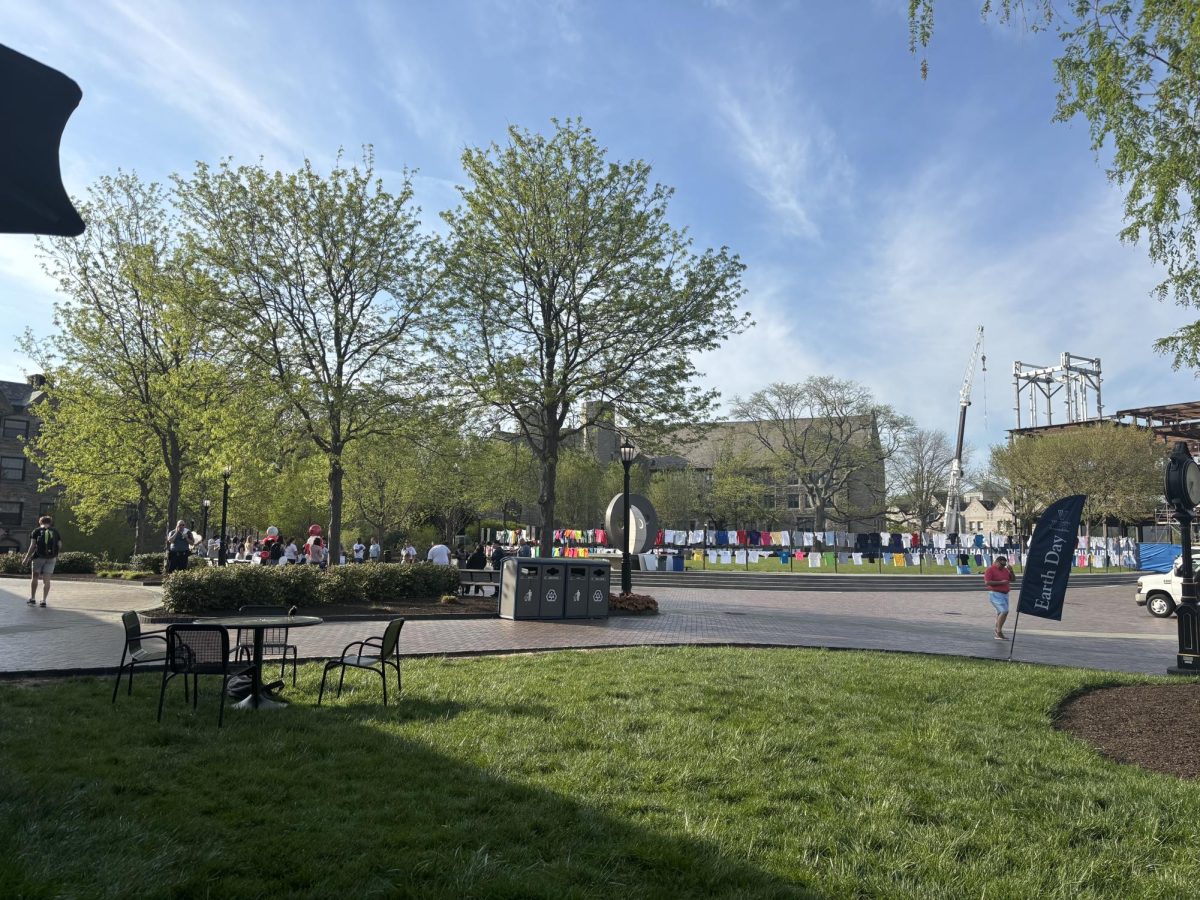The National Science Foundation, a government organization that aims to support new research and education in the non-medical sciences and engineering, has recently awarded a grant to a group of Villanova professors.
The grant, totaling $1.4 million over three years, will be given to professors of civil and environmental engineering Virginia Smith, PhD; Rob Traver, PhD, PE, D.WRE, F.EWRI, F.ASCE; Kelly Good, PhD, PE; Bridget Wadzuk, PhD and Kevin Waters, PhD, PE to advance hydrology research.
Specifically, this grant will be used by the professors to install and maintain a unidirectional sediment-feed tilting flume. This flume will allow further research and projects at Villanova in the field of hydrology. It will also be used by “national and international partners in academia, water utilities and engineering firms,” according to Villanova press.
Due to the flume’s ability to recreate a variety of realistic variables, the researchers will have the opportunity to study a wide range of environmental factors. This includes urban hydrology, which studies the water cycle specifically in urban settings; soil liquefaction, the phenomenon where soil strength and stiffness decreases after earthquakes; fluvial processes, which describe the interaction of flowing water and natural rivers and streams (which impact landforms); sediment deposits and sediment capping technologies.
The team behind the Villanova Center for Resilient Water Systems (VCRWS) will also have the chance to take advantage of this groundbreaking technology. This team invented Green Stormwater Infrastructure (GSI) trays that will be inserted into the new flume to see how GSI holds up under different circumstances. Once this is implemented, Villanova will have the only device with this capability. The flume is an essential technological development in this scientific field because of its ability to show this kind of real world impact.
“To be able to research on a unique piece of equipment like this is very auspicious for us,” Smith said. “Over the past 20 years, we have been able to gain great insight into how stormwater infrastructure works and how green stormwater solutions can be powerful. But the real world is messy and complicated. Being able to pair the existing dataset with laboratory experiments on the flume and isolate single variables will allow us to understand the drivers and causes of why different types of infrastructure succeed or underperform under various conditions and will advance the science around stormwater engineering.”
The flume, which will be assembled outside the U.S. and shipped, will eventually be housed in a lab located in the expanded engineering center’s basement. The main part of the device, the channel, will be made of glass and be 50-feet long and three-feet wide. There will also be a raised walkway, spacing between frame supports and glass on the bottom of the channel to allow observation as well as the use of cameras and lasers.
More than a dozen collaborators will have access to this technology to use it for training, research and education. These range from academic institutions to private engineering firms to the Philadelphia Water Department. The team at Villanova is also looking to develop access programs for K-12 students to get involved in the field early.
“Advancing our knowledge allows us to improve our designs and maintenance programs to deal with the challenges of urbanization and the change in climate,” Traver, the director of VCRWS, said.
“Collaboration with other universities and partners can accelerate these advances and provide a broader approach to the challenges we face.”
The new funding for this innovative research at Villanova has the power to be incredibly impactful by fostering a better understanding of natural processes and resources as the world continues to try to find solutions to our environmental crisis.







